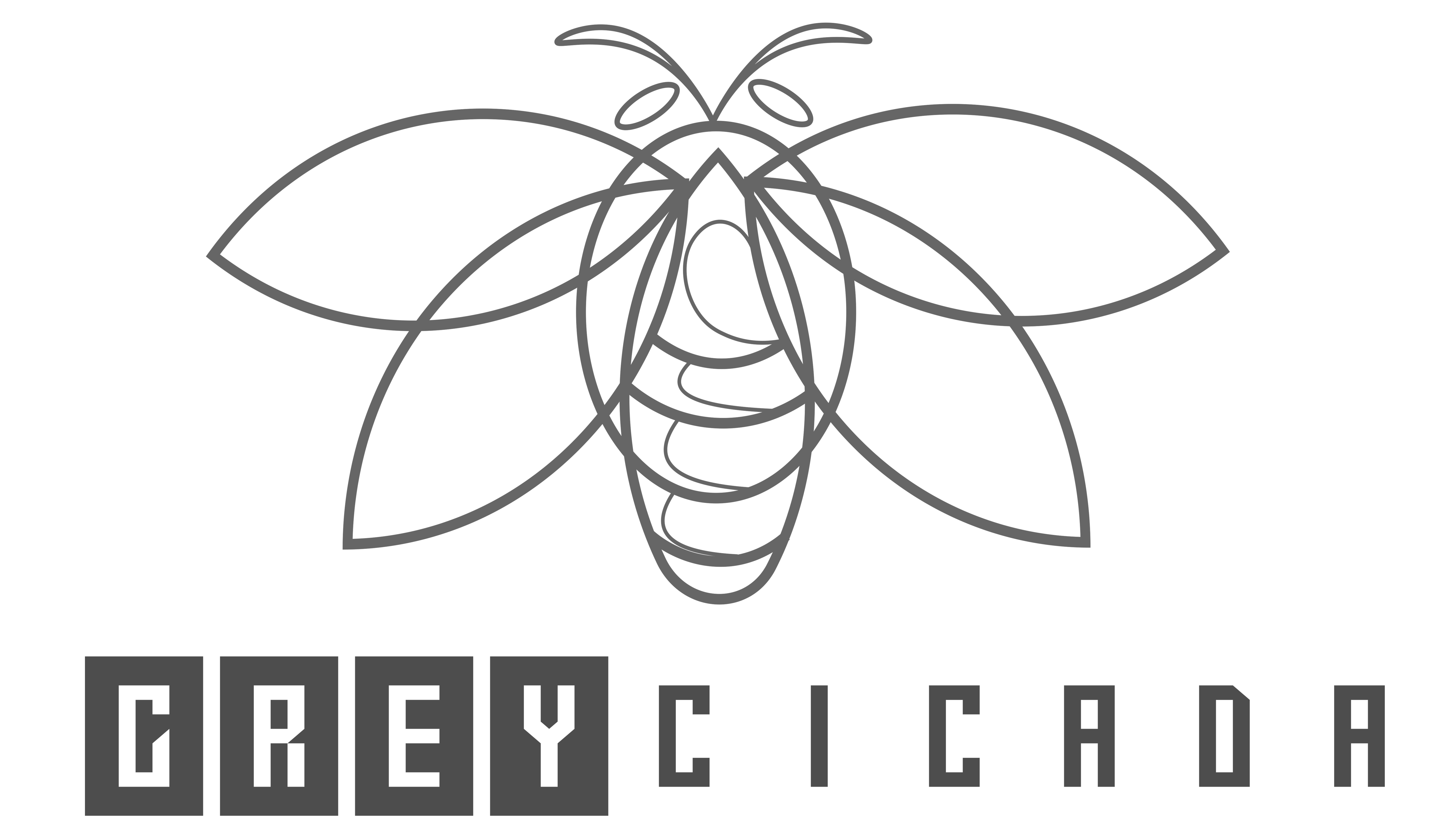FREE SHIPPING OVER $50
Cancer Killers: Scientists Found the TWO Types of Exercise That Program Your Body to Fight Tumors

For decades, we viewed exercise primarily through the lens of weight management and heart health. While those benefits are undeniable, the field of oncology and exercise science is undergoing a profound shift. Cutting-edge research now confirms that physical activity is not just a general health booster; it is a powerful, biological intervention that literally programs your body to fight tumors. This is a massive revelation, moving fitness from a preventive measure to a therapeutic strategy in the fight against cancer.
The exciting truth is that scientists found the two types of exercise that, when combined, create the most hostile internal environment for cancer cells. These exercise categories trigger a symphony of systemic changes—from reducing harmful hormones to enhancing immune cell function—that work together to make your body incredibly resilient. Understanding this Anti-Cancer Duo is the key to optimizing your weekly routine, ensuring that every minute you spend moving contributes to your long-term health and longevity.
The Two Pillars: Why Combination Exercise Is Superior
The research is clear: simply walking or just lifting weights provides benefit, but the maximum cancer-fighting power is achieved by combining two specific exercise categories.
Pillar 1: Aerobic Exercise (The Inflammation Fighter)
Aerobic exercise—anything that gets your heart rate up and requires oxygen, such as brisk walking, running, or cycling—is crucial for systemic health.
- The Mechanism: Sustained aerobic exercise is the best tool for reducing chronic, low-grade inflammation throughout the body. Since inflammation fuels cancer growth, lowering it removes a major driver of the disease. Furthermore, cardio helps regulate blood sugar and insulin levels. High insulin can act as a growth factor for cancer cells, so controlling it is paramount to prevention and survival.
Pillar 2: Resistance Training (The Hormone Stabilizer)
Resistance training—activities that build muscle and strength, such as lifting weights, using resistance bands, or challenging bodyweight exercises—addresses a different, but equally vital, piece of the cancer puzzle.
- The Mechanism: Building and maintaining muscle mass dramatically improves metabolic health. Muscle acts like a sponge for glucose, helping to maintain insulin sensitivity. Crucially, resistance training also helps manage levels of certain hormones (like estrogen and testosterone) that can increase the risk for some cancers. It essentially changes the metabolic makeup of the body, making it stronger against disease.
How Your Body Fights Tumors: The Cancer-Killing Mechanisms
The synergistic effect of combining aerobic exercise and resistance training activates several biological pathways that directly suppress tumor development and growth.
Mechanism 1: Supercharging NK Cells (The Immune Defense)
Natural Killer (NK) cells are the immune system’s frontline defense, capable of identifying and destroying damaged or cancerous cells.
- The Benefit: Both aerobic and resistance exercise trigger a powerful mobilization of NK cells. During a workout, the stress hormones (epinephrine) mobilize these cells, flooding the bloodstream and essentially patrolling the body for cancer cells. Immediately after the workout, the circulation of NK cells increases, dramatically improving surveillance.
Mechanism 2: Myokines (The Muscle Messengers)
When you engage in resistance training and contract your muscles forcefully, the muscle fibers release beneficial signaling proteins called myokines.
- The Benefit: Myokines are tiny, powerful hormones that communicate with other tissues. Research shows that some myokines have direct anti-cancer properties, capable of inhibiting tumor growth and preventing the formation of new blood vessels (angiogenesis) that tumors need to survive. Building more muscle gives you a greater supply of these protective messengers.
Mechanism 3: DNA Repair and Telomere Health
Exercise helps protect the structural integrity of your cells.
- The Benefit: Regular activity helps minimize DNA damage and supports the lengthening of telomeres—the protective caps on the ends of your chromosomes. Shorter telomeres are a sign of cellular aging and increased cancer risk. By promoting DNA repair and protecting telomeres, these two exercise types are essentially promoting cellular longevity.
Programming Your Anti-Cancer Workout: The Optimal Routine
The goal is to integrate both aerobic and resistance training consistently throughout the week, achieving the recommended balance for optimal health benefits.
The Aerobic Prescription
Aim for moderate-to-vigorous intensity to ensure you are elevating your heart rate sufficiently to gain the anti-inflammatory and metabolic benefits.
- Frequency: At least 150 minutes per week of moderate-intensity aerobic exercise (e.g., brisk walking, Tai Chi), or 75 minutes per week of vigorous-intensity aerobic exercise (e.g., running, swimming).
- Action: Try to spread this out across 4 to 5 days per week. Consistency is crucial for maintaining low inflammation and stable blood sugar levels.
The Resistance Prescription
You need to work all major muscle groups and challenge them with enough weight or resistance to stimulate genuine muscle growth and the release of myokines.
- Frequency: At least 2 to 3 days per week on non-consecutive days.
- Action: Focus on compound movements (squats, push-ups, rows, overhead press) that use multiple muscle groups at once. Use a weight that allows you to complete 8 to 12 repetitions with good form, pushing close to muscle fatigue.
Strategic Integration: Combining the Duo
The most time-efficient and effective way to program your body to fight tumors is to mix cardio and resistance in the same session or on alternating days.
Option 1: The Hybrid Workout
Perform 10 to 15 minutes of cardio as a warm-up, followed by your resistance training routine. Finish with another 10 to 15 minutes of vigorous cardio.
- Benefit: This maximizes the hormonal effect of both exercise types and provides a powerful systemic flush of NK cells both before and after the strength work.
Option 2: The Alternating Split
Dedicate specific days to each pillar. For example, Monday/Wednesday/Friday for Resistance Training and Tuesday/Thursday/Saturday for Aerobic Exercise.
- Benefit: This allows you to focus maximal energy on each discipline, ensuring sufficient intensity for muscle growth and adequate duration for cardio endurance.
Final Thoughts
The research is definitive: the two types of exercise—consistent aerobic training and challenging resistance training—are cancer killers because they trigger a multi-faceted anti-cancer response. By reducing systemic inflammation, stabilizing hormone levels, and most critically, releasing tumor-fighting myokines and mobilizing Natural Killer cells, you actively program your body to fight tumors. This combination routine is not just about fitness; it’s a powerful prescription for building a more resilient, longevity-focused healthspan.
Related Articles
- 7-Minute Transformation: 3 Dumbbell Moves That Melt Back Pain and Build Biceps Fast
- PT-Approved: 7 Daily Moves That Fixed My Tech Neck in 2 Weeks (Before & After)
- Sick of Chronic Migraines? These 6 Yoga Moves + Breathwork Could Be Your Natural Relief
- Want to Look and Feel 17 Years Younger? These 15 Anti-Aging Hacks Are Backed by Science
- The Anti-Aging Habit Hidden in a Remote Village—Doctors Say It Rewinds Your Biological Clock



